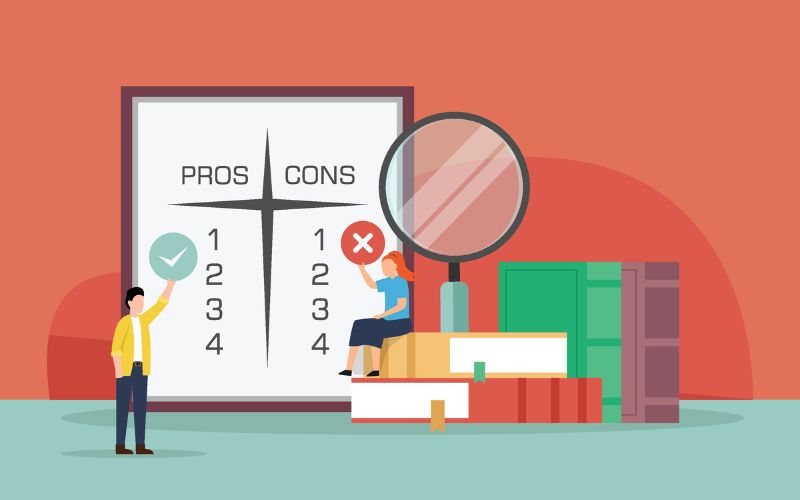Web development is constantly evolving, resulting in new technologies and approaches, including the concept of a headless website. Unlike traditional websites, a headless website decouples the front-end presentation layer from the back-end content management system (CMS), allowing developers to focus on creating a more engaging user experience for multiple platforms. In this blog, we will explore what a headless website is and break down some of its pros and cons for businesses.
What is it Called Again?

An odd and attention-getting phrase for sure, the headless website term comes from removing the head (front-end of a website) from the body (back-end of a website). The front-end is the presentation portion, responsible for user connection and experience, and is separated from the back-end content management system (CMS), which manages content storage and retrieval.
3 Pros of Using a Headless Website
1. Flexibility and Agility
One of the most significant advantages is its flexibility with the ability to choose different technologies for each layer. This enables you to develop the front-end to look and perform exactly how you want for each medium you use to reach your customers.
2. Enhanced User Experience
Developers can utilize various front-end frameworks and libraries to build interactive interfaces with seamless navigation, real-time updates, and responsive designs. These options allow you to customize your website to assist with your customers buying journeys.
3. Improved Performance
A traditional website loads the entire page every time a user visits, whereas, in a headless setup, only the essential data is collected, reducing the workload and speeding up loading times.
3 Cons of Using a Headless Website
1. Development Complexity
Adopting this approach requires additional development effort and expertise. This can be challenging, especially for smaller businesses with limited resources or lacking employees with the necessary technical capabilities. You can look to the expertise of a web design and marketing company such as Fat Guy Media to ensure everything operates and performs cohesively.
2. Content Management Challenges
Since content and presentation are separated in a headless website, managing and updating content can become more complex. Content creators and marketers might require technical assistance or specific tools to modify content correctly. Maintaining consistency across various front-end applications may also require careful planning and coordination.
3. Learning Curve
For businesses transitioning from traditional websites to headless websites, there will be a learning curve to factor in. Familiarizing yourself with new technologies and workflows might take time and require additional training that could initially slow productivity.
Determine if The Ends Justify the Means
Before embracing a headless website structure, businesses should weigh the benefits against their immediate and future needs and resources. However, with careful planning, implementation, and managed expectations, a headless website can enable your business to deliver compelling digital experiences that captivate and entice your current and potential customer base.



